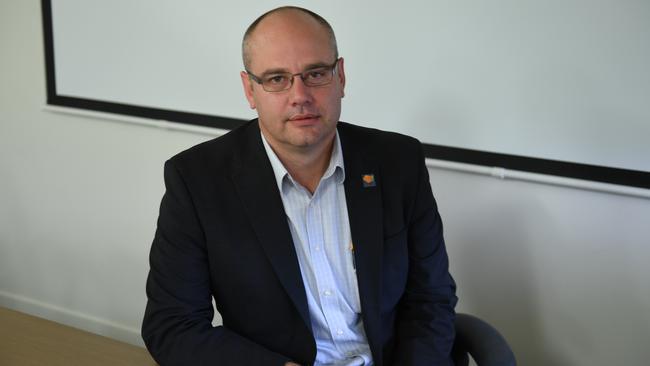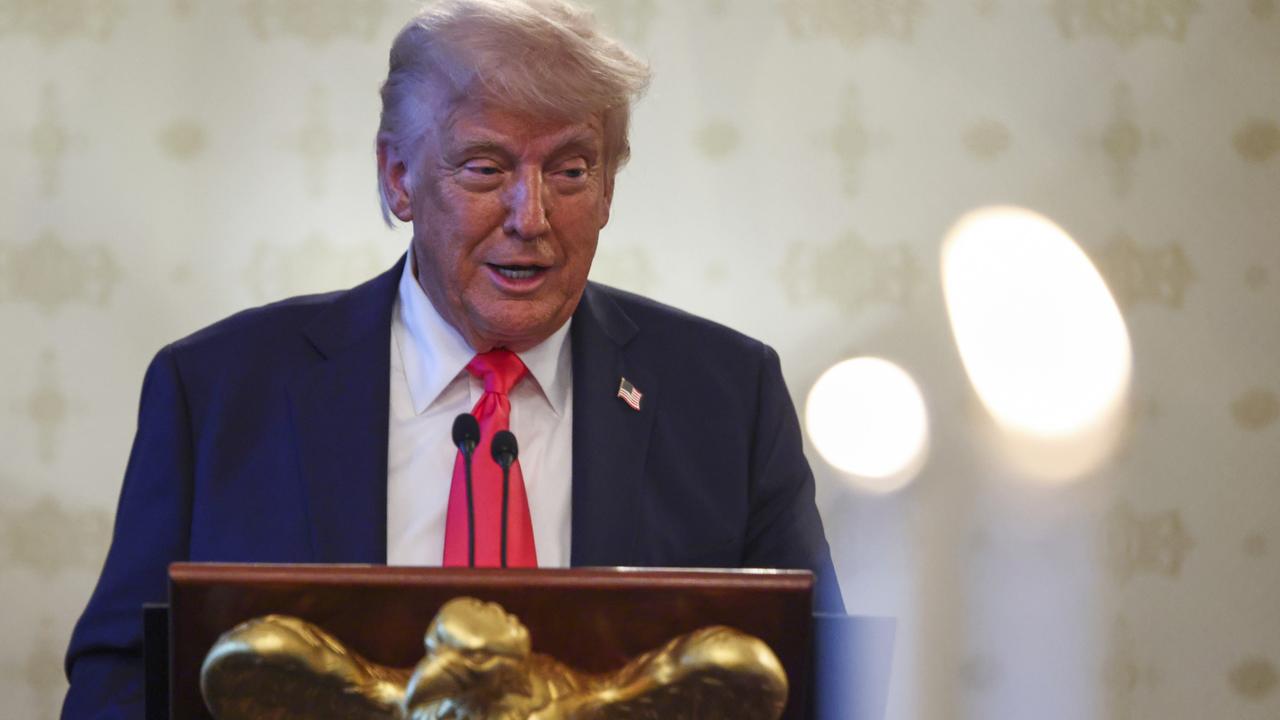METS Ignited chief Adrian Beer on how to fix Australia’s record of commercialising its own innovation and ideas

The Valley of Death between great Aussie research and the great products that come out the other side (owned by internationals) can be bridged.
So says Adrian Beer, who leads one of the government’s six growth centres, METS Ignited, covering mining equipment, technology and services – the source of some of the country’s most valuable innovation.
Beer has a big idea of his own, and the proof of concept is the recently revealed electric Bushmaster armoured vehicle.
Behind successes like the E-Bushmaster sit Australian-owned commercial partners that most Australians would not recognise. Names like IMDEX, 3ME and Safescape fly below the radar.
Beer’s idea – that Australian technology companies take centre stage – will mean a change in government policy.
“I would like the funding that goes to the research centres for commercialisation to be invested by government into Australian technology companies. And hold them accountable for creating the jobs, skills, products and exports that deliver an economic return on investment and that improve our sophistication,” he says.
“I’m asking that those funds be directed into Australian businesses and support them to become the translation engine for these four decades of research we have stranded in our sector.”
That does not happen now. But Beer has the ear of Industry and Science Minister Ed Husic who is vocal on tech and will launch national strategies on robotics and quantum next year.
Next month Beer launches the new Australian Innovation Exchange, supported by government, which will seek out these Aussie archangels.
A new government, energy transition, a rush to onshore and national security concerns put new pressure on Australian innovation. This is Carpe Diem for Beer.
Beer says industry policy is driven mainly by the giant primary producers – think the big miners. “Most do not invest in public research to produce a product or service; they invest to benefit their production, their operation, their efficiency,” he says. “They consume innovation, they do not produce it.”

He points to programs like Britain’s Catapult, Germany’s Mittelstand, Silicon Valley and the Pittsburgh tech hubs. “All of the organisations that are co-invested in by governments produce technology. They don’t consume it, they create products and services and they sell it to end markets like ours,” he says.
“We are the only ones who don’t. We bypass the companies that make products and services and we support the end users of the innovation, the consumers.”
Beer believes this misdirection of funds means Australia fails to commercialise its ideas for benefit across the economy.
Co-operative research centres are the backbone of the federal government’s scientific research strategy. CRCs ranging from hearing to sheep bring researchers and industry together. But while government policy requires at least one industry partner, there is no requirement for that partner to commercialise. Instead it is incumbent on the researchers themselves to commercialise.
“We don’t get our venture capital firms to do early-stage research for a reason – they are just not good at it. So why do we try to distract our world-leading researchers from doing research and try to encourage them to commercialise?” he asks.
Beers says CRC research is outstanding. He certainly has no wish to reduce government funding for research, or stop researchers who choose to commercialise. But he does want to shift government co-investment, carved out for commercialisation within CRCs, and give it to technology producers ready and willing to meet market needs.
“Eighty per cent-plus of industry participants on those CRCs are not there to produce something, they are there to consume the outcome,” he says. Beers says that after $4m of Australian Research Council grants to resources technology, despite 1200 patents, no one can tell him how many products were created, or jobs, or what revenue was generated. The metrics must change.
“Minister Husic says he wants to support makers, not takers, of technology. Our twist on that is we fund producers of technology, not consumers.”
Instead of matching funding from big industry players to solve supply chain problems, Beers says he funded companies to make products and services to address the end-market supply-chain problems.
Adrian Beer has worked in start-ups and multinationals alike but it was at METS Ignited where he saw that through partnering with Aussie tech, research could reach far beyond mining.
“People said you’ve got some automation technology out of the resources sector – we’d like to get out hands on that. You are offering it as a product. We can finally buy it as opposed to it being a bit of IP stranded in the supply chain of a resources company, or sitting on the shelf with a researcher,” he says.
Behind the ADF’s recent launch of the electric bushmaster vehicle, far quieter than its diesel cousin, is Australia’s 3ME Technology. 3ME specialises in electrifying diesel equipment in confined spaces in underground mining. That platform is now being used for marine propulsion and across defence.
Another Australian company, Universal Field Robots automated a range of construction equipment for hazardous areas in mining. Those same robot libraries are now applied across agriculture, defence and construction.
Beer is keen to keep both the CRC and Growth Centre programs. He admits he has felt resistance from some in research who felt their funding might be threatened. Once explained, he says support from the CRCs is growing as many have been left disappointed by the poor reach of their research achievements.
The policy change Beer is seeking from government is that these publicly funded research programs must have a partner with a specific role to commercialise research outcomes. The partners would have first right of refusal over research and their performance would be measured in how successful they were. And that would determine how much funding they continued to receive.
Beer hopes to see a policy change by the May budget.
For that to happen, there needs to be a change of mindset.
Yet Beer says a company like IMDEX which partners with METS Ignited has a 75 per cent global market share, working on autonomy in the mining sector.
In the meantime he is busy preparing for launch of the Australian Innovation Exchange, which will act as a matchmaker between Australian businesses with the right commercial skills and the research, which may need early help with tech-readiness or support to go to market.
“It is an organisation to put Australian technology companies at the heart of commercialising Australian research,” he says.



It is not beyond us. Australia’s record at commercialising its own stellar innovation and ideas – a four-decade-long tragedy – can be reversed.